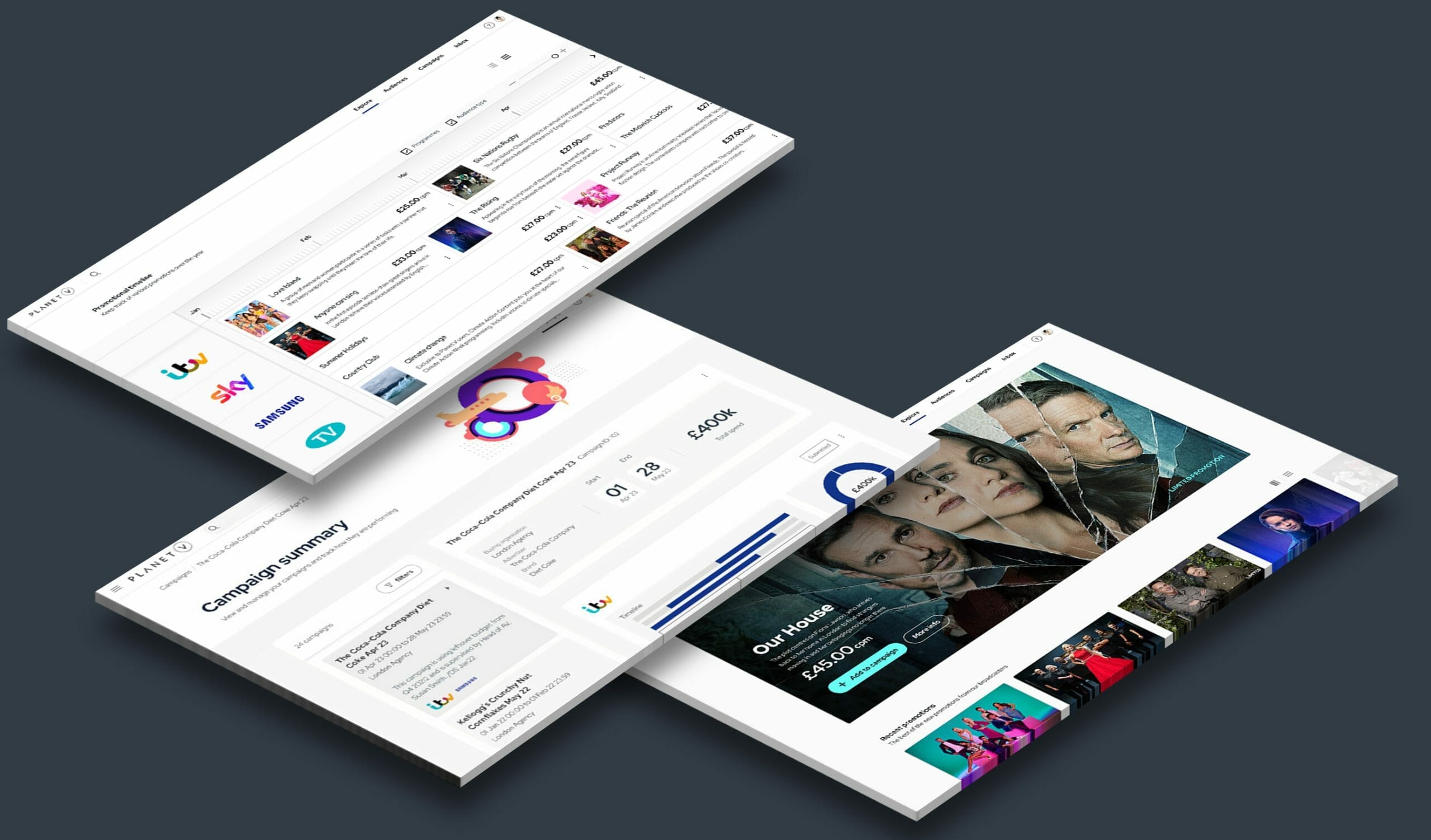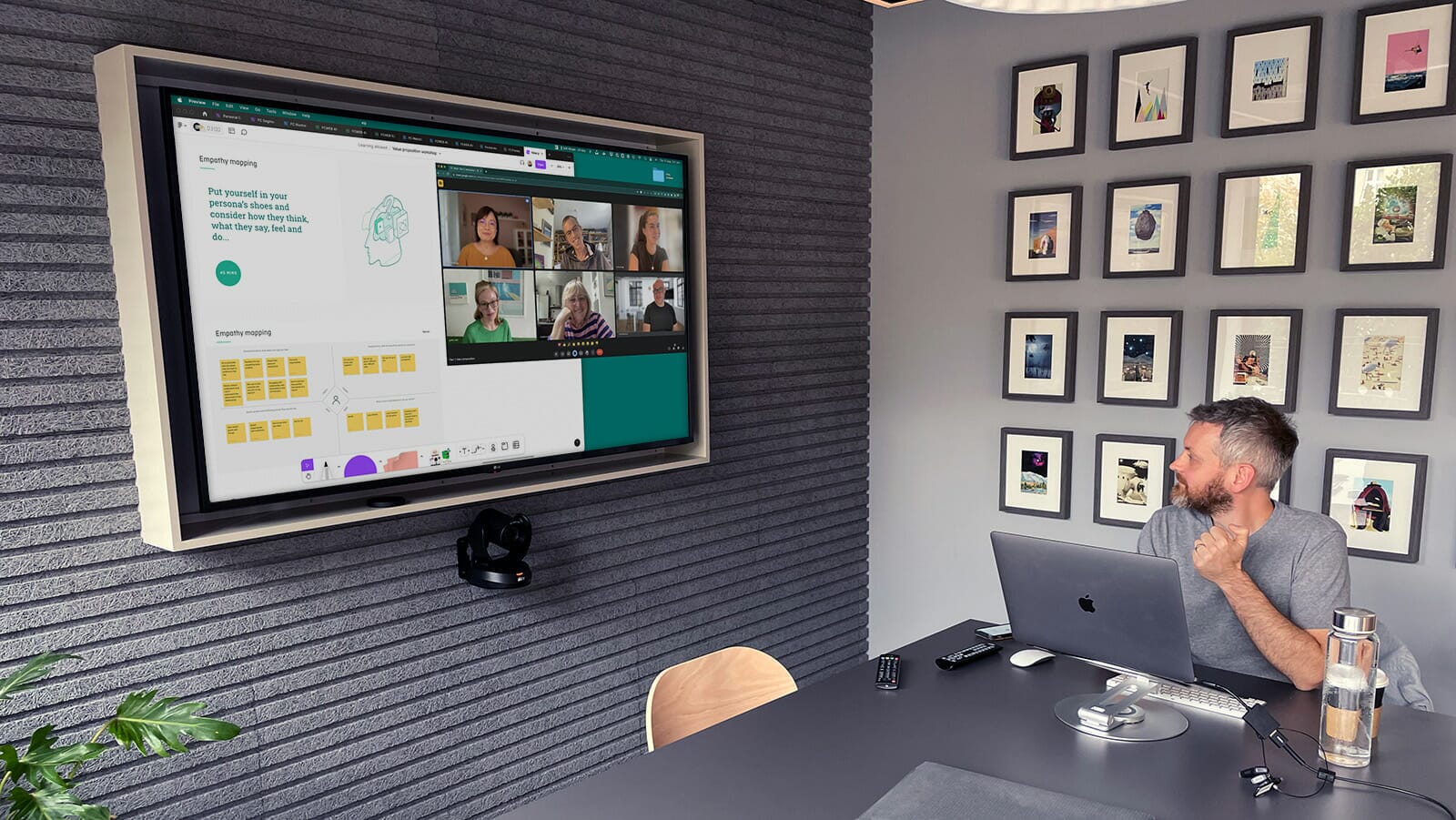Why carry out user testing?
User testing is applied to evaluate design decisions against a target user to assess the expectations of the design team. It is an integral part of the design process, and should not be viewed as a final thought, rather should be carried out throughout the process. Most importantly, user testing allows you to gain valuable insights from your users regarding how they go about using the product or system.






